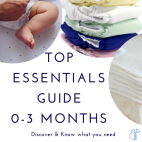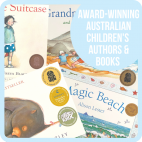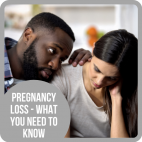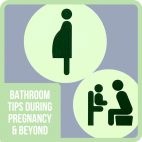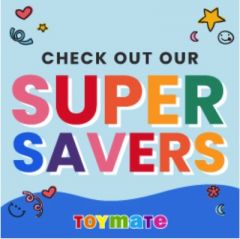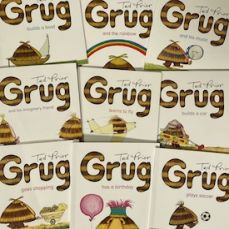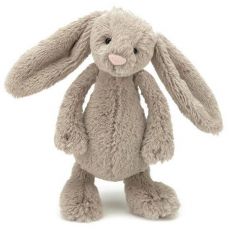Co-occupations in the parenting context Work / Play / Leisure Suitable for stages: Pregnancy, 0 - 3 Months, 3 - 6 Months, 6 - 12 Months, 12 - 18 Months, 18 - 24 Months
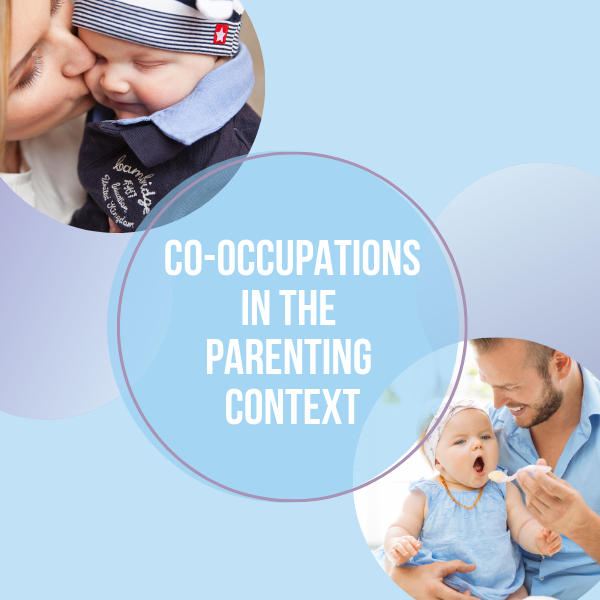
When we begin life, our survival and development is completely dependent on our bond and attention from caregivers. Over time we become more independent and have choice and control over what we do and when we do it - forming our routines.
When we become a parent, our occupations once again become interdependent on another person/s, only this time, it’s our turn to be depended on - feeling the responsibility for our child’s development and eventual success.
Mothering lasts a lifetime, but has different demands over time, the most intensive being when children are aged 0-5 (Evans & Rodger, 2008). The baby starts out completely dependent on their parent to facilitate participation in occupations, therefore most of the child’s occupations are performed with the caregiver. The eventual aim of parenting is to equip our children with the resources and skills of independence, this is built on a foundation of dependence and a level of interdependence must continue to exist to have a relationship with our children throughout their lives.
Parent life requires reconstruction of our daily life to include co-occupations to meet our parenting ideals. The term co-occupation arose in the mothering context (Pierce & Marshall, 2004) referring to the interplay and interdependence of the occupations of two or more people. According to Pickens and Pizur-Barnekow (2009), co-occupations can be performed with varying levels of shared physicality (actions linked with the other), shared emotionality (being reciprocally responsive to the other’s emotional tone) and shared intentionality (mutual pursuits of intentions and actions).
Parent role related co-occupations are concerned with protecting our children’s health, facilitating occupational development and socialising our children to fit their cultural context (Pierce, 2009). This intense time of co-occupation is necessary for promoting mother-infant bonding, infant development and maternal wellbeing. A strongly formed attachment will provide the base from which parent-child interactions can evolve over the years.
Types of co-occupations as a continuum

Co-occupations can be seen as a continuum of activities related to the role of being a parent from the least interactive (doing because of) to most interactive and engaging (doing together or with) to fulfil the caregiving role. Co-occupations have two participants and therefore result in two different experiences and outcomes. Each participant contributes based on their capacities, goals and motivations.
Mothering co-occupations can include activities ‘doing because of’ but withoutthe child. This is still considered a co-occupation because completing the activity achieves a parenting goal or is otherwise beneficial for the child. An example of “doing for or because of’ could be washing your newborn’s clothes, changing bassinet sheets, purchasing a toy online, switching to cleaner eating or adopting a more active lifestyle, or moving to be closer to family or a family friendly area. The parent is motivated to be a better role model, improve the home environment, or improve the child’s experience to meet their parenting ideals and goals because of and for the benefit of their child.
‘Doing alongside’ or parallel occupations can occur when the mother has her own focussed activity to complete such as a household chore but is supervising her child completing a different or related task. The child may just be observing or attempting to copy the task the mother is role modelling. The mother would be changing her focus between her task and the child’s, supervising, sourcing things the child can use to participate or re-directing the child as needed. Alternatively, the mother could be just enjoying being an observer to their child’s focussed activity such as watching a baby laying down trying to work out how to use its hands to reach and grab a hanging toy from the play gym. The child is given the opportunity to explore freely, whilst the mother could enjoy being in that moment as the child achieves a new small milestone.
Shared occupations are where the parent is doing a task to the child or the child is having a task done to them which meets the needs of the parent or the child or both. These activities are done together and involve some interaction such as feeding, dressing or changing a nappy. These co-occupations are less interactive due to time pressures or competing interests or goals such as needing to meet the needs of another child at the same time.
At the end of the continuum is co-occupations of ‘doing together’ which are the most interactive, engaging, creative and co-operative. Both participants contribute in accordance to their own capacities to achieve a shared goal or different goals. The newborn period is a great time for ‘doing together’ co-occupations where both parent and baby benefit mutually through bonding activities. These can include snuggling, playing, gazing, cleaning, listening, talking, reading, watching, protecting, touching, & taking photos or videos of precious moments. The tactility of the newborn phase can be healing and comforting to the mother as much as the child. For the child, touch is essential for optimum growth and development of their motor and sensory systems. Instinctively, the mother seems to be tuned into this need as she will be driven to pick up and hold her child when they are upset.
As the child grows, the range of interactive activities can be broadened as the child’s skills and ability to participate broaden. This includes play-based learning where the child and parent are interacting and having fun whilst practising new skills such as playing a game together. Shared experiences provide opportunity to get to know each other and endless opportunities for learning and development. The parent may model or explain how to do something, ask questions, commentate, invite participation, provide feedback and generally create an engaging fun learning environment. A great example of this is reading books. This can be approached by the parent as a shared ‘doing to’ activity, or a more interactive co-occupation. A parent can read a book to their child by just reading the words and showing them the pictures. The child will learn about how books work, there are words and pictures, you turn the pages from front to back, it’s a great way of having a cuddle with mum with a shared focus. In Mem Fox’s book “Reading Magic” she advocates the benefits of reading aloud to children from birth, with animation, expression, fun, joy, laughter, with rhyme or singing nursery rhymes where your child can join in, play games with the words or letters. She argues that the benefits aren’t just for the kids, parents benefit too, adding opportunity for joy and connection. In the latter example, the same activity becomes a ‘doing together’ co-occupation where the most mutual benefit including enjoyment and learning can occur.
Each co-occupation could be seen as an opportunity to create an experience for your child where they can engage with you and participate developing competence. For example, an activity such as changing a nappy can be approached in different ways for different outcomes to be met. The first approach could be to complete the task as a parent doing for the baby where you complete the steps of changing the nappy with the only focus being to provide proper hygiene and comfort for the baby. From the baby’s perspective, they had little control during this activity and it felt like something that was done to them. A second approach could be ‘doing together’ including talking, making faces, inviting the baby to participate by holding their legs up, asking baby questions or getting them to choose a new nappy. The second approach may take longer but you both might not mind as you will achieve multiple goals such as providing opportunities for your baby to participate and exercise skills such as language and communication, making choices, strengthening muscles, all whilst allowing you both to relax and have fun. Changing your mindset from ‘have to’ to ‘get to’ will help you embrace the hidden opportunities for growth within your new occupations.
Finding the balance
Like anything in life, there needs to be a balance for the greatest outcomes to occur. If a parent is too interactive, the child doesn’t have opportunity to practise their skills in an independent way and develop their own sense of achievement and competence; this over parenting is sometimes referred to as helicopter parenting. Alternatively, a parent who does not interact with their child yet meets all their needs by ‘doing because of’ such as working long hours to earn additional income, will miss opportunities to enjoy the benefits of being a parent and their child will miss opportunities for bonding and learning. A well-rounded parent and child will enjoy a variety of co-occupations and experiences for maximum growth and development.
Love, learn and enjoy this time, they won’t be babies for long.
Written by Anna Noud
Co-founder of BabyPeg, Occupational Therapist and Mother of 2 boys. Living on the Central Coast of NSW.
References and reading list:
Doige, K., & Wilson, L.H. (Co-)Occupation- A fresh perspective. Accessed online http://www.cmnzl.co.nz/assets/sm/8278/61/Co-OccupationWed2pm.pdf
Evans, J., & Rodger, S. (2008). Mealtimes and bedtimes: Windows to family routines and rituals. Journal of Occupational Science, 15(2), 98-104. doi: 10.1080/14427591.2008.9686615
Pierce D (2009) Co-occupation: the challenges of defining concepts original to occupational science. Journal of Occupational Science, 16(3), 203-07.
Pickens, N. D., & Pizur-Barnekow, K. (2009a). Co-occupation: Extending the dialogue. Journal of Occupational Science, 16(3), 151-156. doi: 10.1080/14427591.2009.9686656
